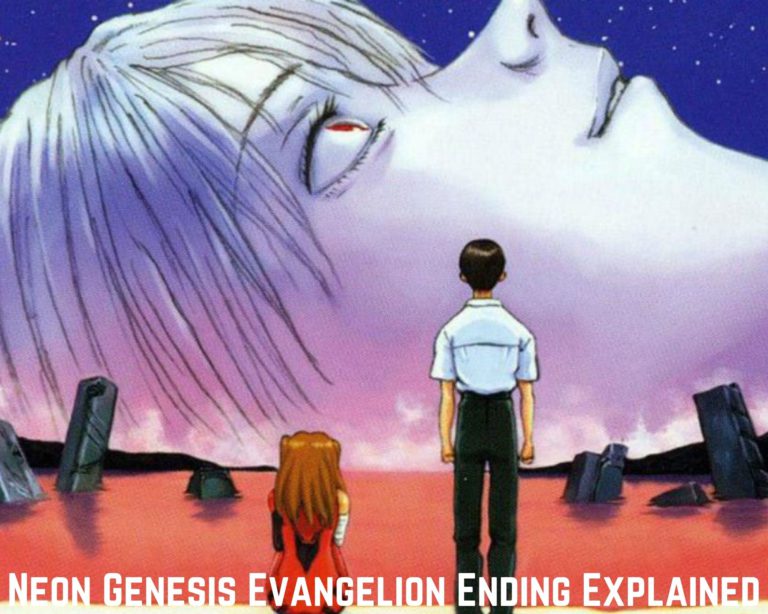
Neon Genesis Evangelion essentially has two endings, both of which are now available on Netflix: the end of the TV series (specifically episodes 25 and 26), which originally aired in early 1996; and the film The End of Evangelion, which was released in 1997. (In between there was a movie called Death and Rebirth, which is in the re-edited form on Netflix as Death (True), but you don’t need to worry about it:
It’s basically a recap of the TV series with a few minutes of new footage, which basically bridged the gap between the end of the TV series and the film’s release.)
If you’ve seen one or both of them, you may have noticed the jarring pivot toward the story’s conclusion, but may not be familiar with the acclaimed anime’s troubled production history. Here’s everything you need to know about Evangelion’s notoriously complicated ending.
Table of Contents
Evangelion’s Apocalypse Explanation:
Also Read: Solo Leveling Chapter 163 Release Date
Let’s start with the end of the anime series first. At the end of episode 24, Shinji is forced to kill Kaworu, who was revealed to be the Last Angel. Despite being reunited with Lilith, thus wiping out humanity and making the Angels the new dominant lifeform, Kaworu is inspired to lay down his life so that humanity—or rather, Shinji—can go.
Difference Between Evangelion TV Series Ending and Evangelion Movie Ending:
At the end of TV, Shinji is able to successfully confront his self-loathing – as are Asuka, Misato, and possibly the rest of humanity. However, you may have been wary of how Shinji’s journey is presented in an abstract form, with line animation and sometimes plain colored marker drawings.
The Real World Reasons Behind the End of Evangelion:
Too many confusing elements, different endings, and wildly different visual styles (such as the inclusion of hand-drawn sketches and live-action elements) add to the supposedly troubled production of the original anime series.
Alternate Universe and the New Evangelion Films:
Also Read: Kengan Omega Chapter 122
Maybe because of growing audience controversy and production-side constraints, Evangelion has never been allowed to rest as a complete work. Thanks to the alternate universe slice-of-life anime sequence in episode 26, countless manga and video game spinoffs have explored putting the Eva kids in other settings.
Closing Thoughts:
Finally, we encourage you to think of Evangelion as a series that doesn’t have a “correct” interpretation. Due to its troubled production, many plot elements and themes changed over time, which reveals what the ending really meant from a structural standpoint.
To get more related content related to Entertainment, Technology, Windows Fixes, Do-Follow Tremblzer On Google News.